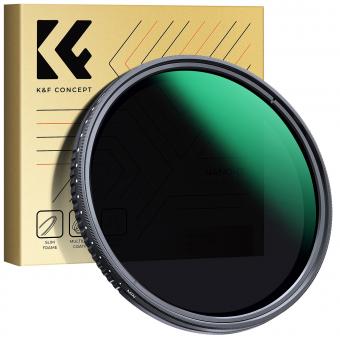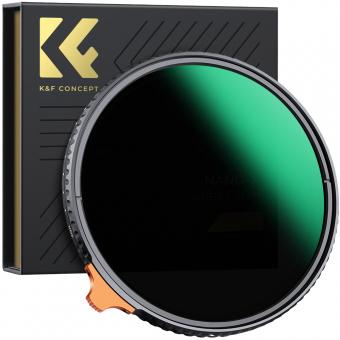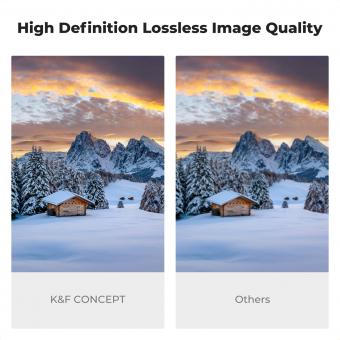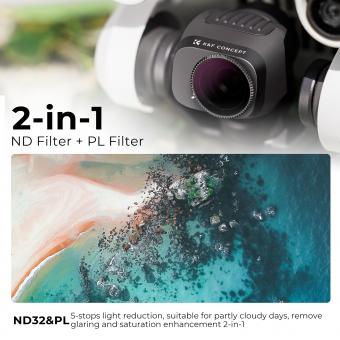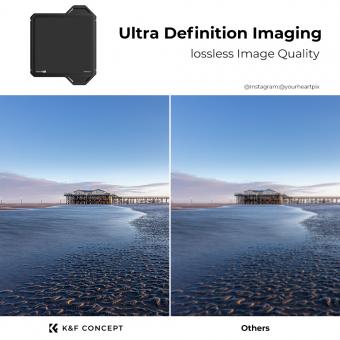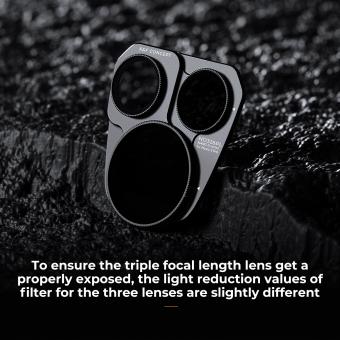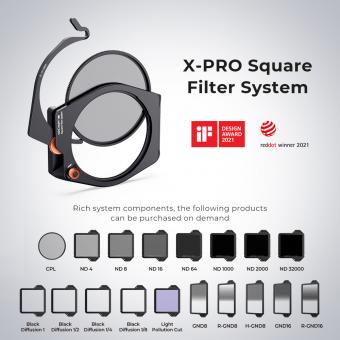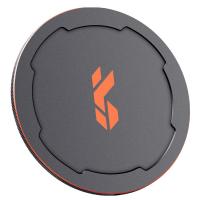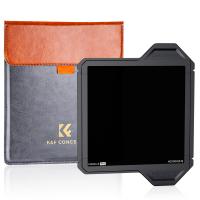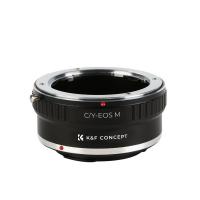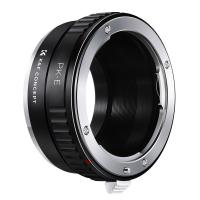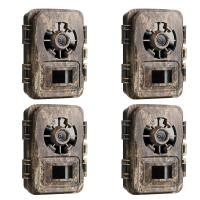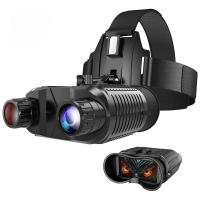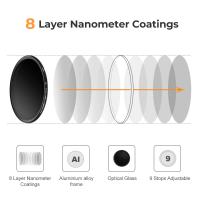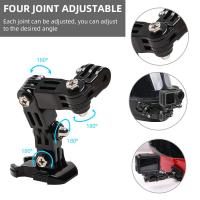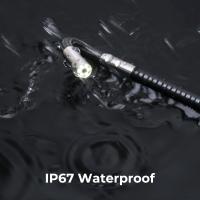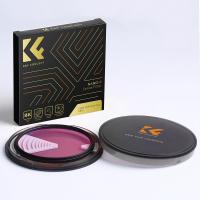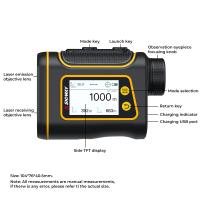Nd2 To Nd400 How Many Stops ?
The ND2 to ND400 filter range represents a variable neutral density filter that can reduce the amount of light entering the camera lens by 1 to 8 stops. The number of stops depends on the specific setting of the filter. For example, an ND2 filter reduces the light by 1 stop, while an ND400 filter reduces the light by 8 stops. Therefore, the ND2 to ND400 filter range can provide a wide range of light reduction options for photographers, allowing them to achieve creative effects such as motion blur or shallow depth of field in bright conditions.
1、 Neutral density filter
A neutral density filter is a type of camera filter that reduces the amount of light entering the lens without affecting the color or hue of the image. This allows photographers to use slower shutter speeds or wider apertures in bright conditions, creating a range of creative effects such as motion blur or shallow depth of field.
The most common type of neutral density filter is the variable ND filter, which allows the user to adjust the density from ND2 to ND400 or even higher. The number of stops that a filter reduces the light by depends on the specific density setting. For example, an ND2 filter reduces the light by one stop, while an ND400 filter reduces the light by nine stops.
In general, the range of ND2 to ND400 covers a wide variety of shooting scenarios, from slightly bright conditions to extremely bright conditions such as shooting in direct sunlight. However, it is important to note that the quality of variable ND filters can vary greatly, with some cheaper options causing color shifts or vignetting in the image.
In recent years, there has been a trend towards using fixed ND filters instead of variable ones, as they offer better image quality and consistency. These filters come in a range of densities, typically from one to ten stops, and are designed to be used in specific lighting conditions. While they may require swapping out filters for different lighting conditions, they offer more precise control over the amount of light entering the lens and can produce higher quality images.
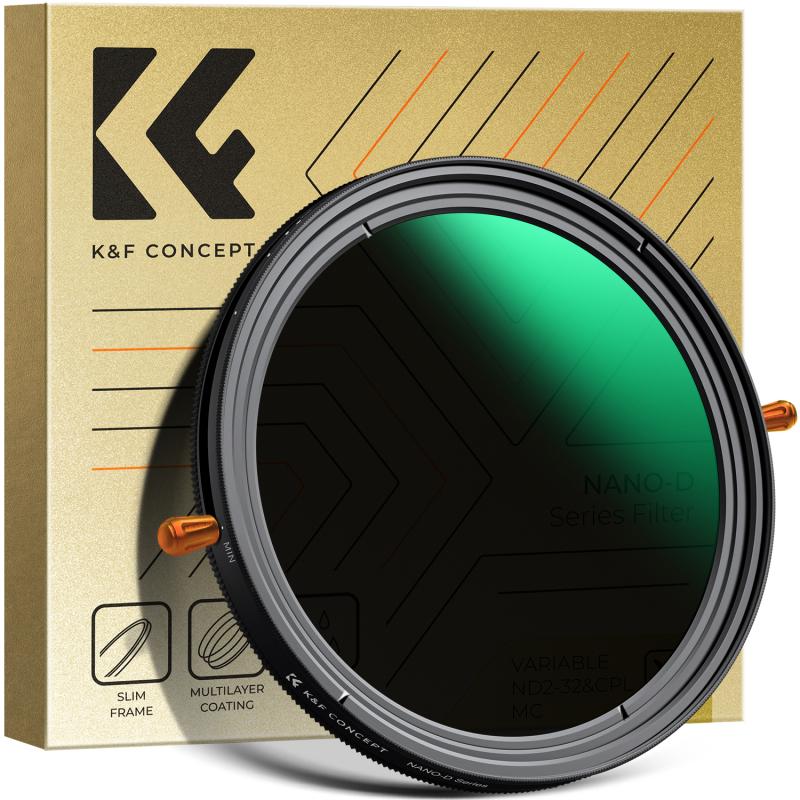
2、 F-stop scale
Nd2 to nd400 filters are used in photography to reduce the amount of light entering the camera lens. The F-stop scale is a measurement of the aperture of the lens, which controls the amount of light that enters the camera. The F-stop scale is a logarithmic scale, which means that each increment represents a doubling or halving of the amount of light entering the camera.
In terms of stops, an Nd2 filter reduces the amount of light entering the camera by 1 stop, while an Nd400 filter reduces the amount of light entering the camera by 9 stops. This means that an Nd400 filter is much darker than an Nd2 filter, and is useful for long exposure photography in bright daylight conditions.
It is important to note that the F-stop scale is not directly related to the number of stops of light reduction provided by an Nd filter. The F-stop scale is a measurement of the aperture of the lens, while the Nd filter reduces the amount of light entering the camera by a specific amount.
In recent years, there has been some debate about the usefulness of Nd filters, as many modern cameras have high dynamic range and can capture a wide range of light without the need for filters. However, Nd filters are still useful in certain situations, such as long exposure photography or when shooting with a wide aperture in bright daylight conditions.
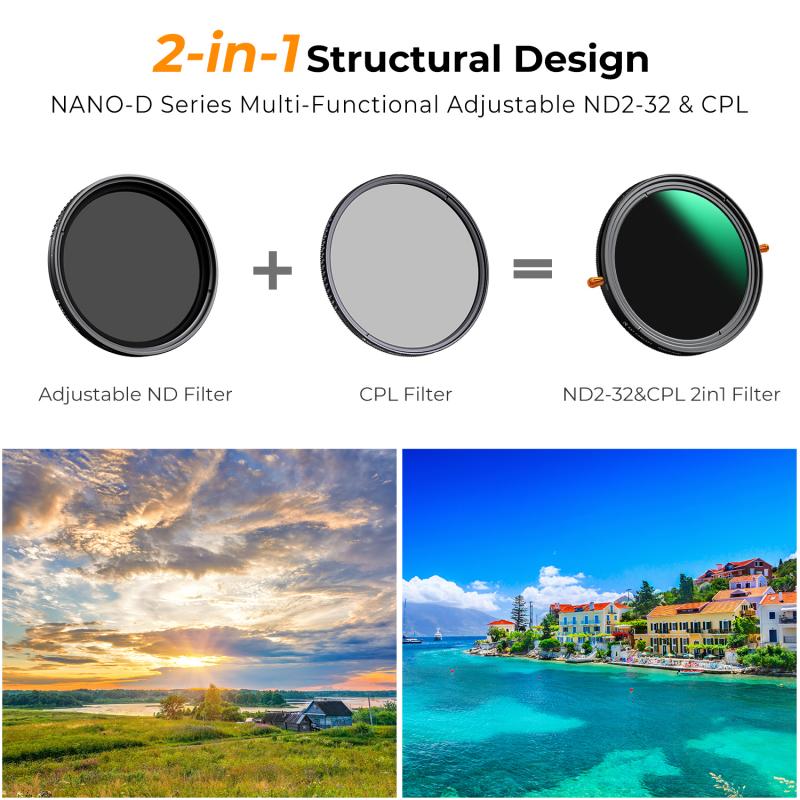
3、 Light reduction
Nd2 to nd400 filters are used to reduce the amount of light entering the camera lens. The number associated with the filter indicates the amount of light reduction it provides. For example, an nd2 filter reduces the light by one stop, while an nd400 filter reduces the light by nine stops.
In other words, an nd2 filter will allow twice as much light to enter the camera as compared to no filter, while an nd400 filter will allow only 1/400th of the light to enter the camera. This makes nd400 filters particularly useful for long exposure photography, as they allow for longer shutter speeds without overexposing the image.
It is important to note that the amount of light reduction provided by nd filters is not always consistent across different brands and models. Additionally, some photographers prefer to use variable nd filters, which allow for adjustable light reduction from nd2 to nd400 or even higher.
Overall, nd filters are an essential tool for any photographer looking to control the amount of light entering their camera lens. They can be particularly useful for landscape and long exposure photography, as well as for achieving shallow depth of field in bright lighting conditions.
4、 Exposure compensation
"nd2 to nd400 how many stops" refers to the range of neutral density filters available in the market. These filters are used to reduce the amount of light entering the camera lens, allowing for longer exposure times and greater control over depth of field. The number of stops refers to the amount of light that is blocked by the filter, with each stop representing a halving of the amount of light.
In the case of nd2 to nd400 filters, the range covers a total of 9 stops. An nd2 filter blocks one stop of light, while an nd400 filter blocks 9 stops of light. This means that an nd400 filter will allow for exposures that are 512 times longer than without the filter.
Exposure compensation, on the other hand, refers to the adjustment of exposure settings to achieve the desired brightness or darkness in a photograph. This can be done by adjusting the aperture, shutter speed, or ISO settings. Exposure compensation is typically measured in stops, with each stop representing a doubling or halving of the amount of light.
When using a neutral density filter, exposure compensation may be necessary to achieve the desired exposure. For example, if a scene requires a 1/60 second exposure without a filter, but an nd400 filter is being used, the exposure time would need to be increased to 30 seconds to compensate for the 9 stops of light being blocked by the filter.
Overall, understanding the relationship between neutral density filters and exposure compensation is important for achieving the desired exposure and creative effects in photography.

